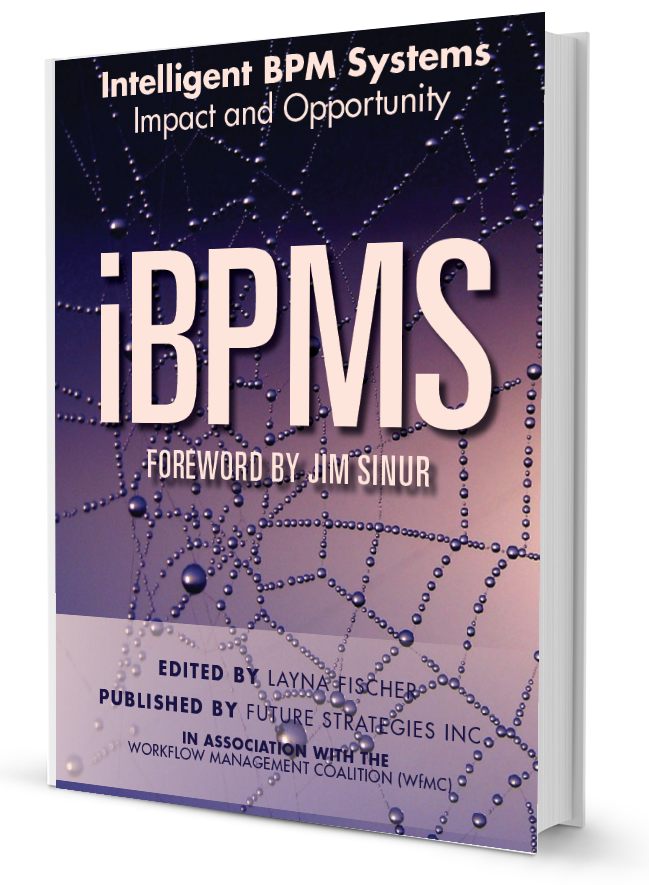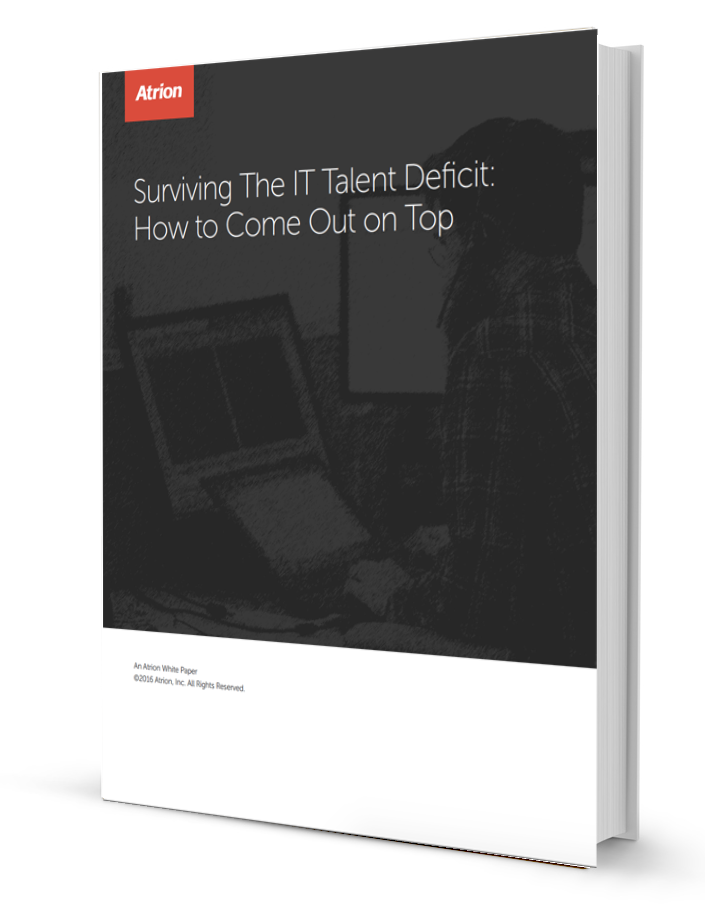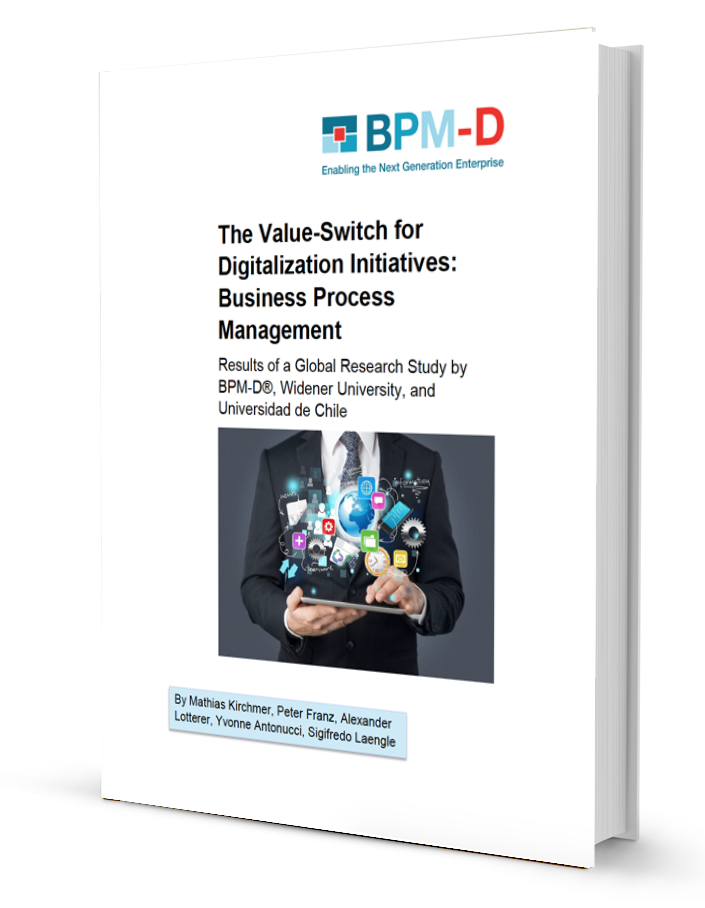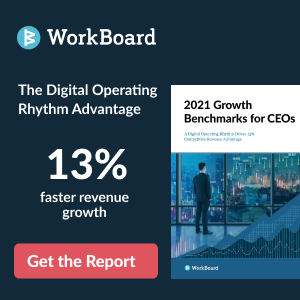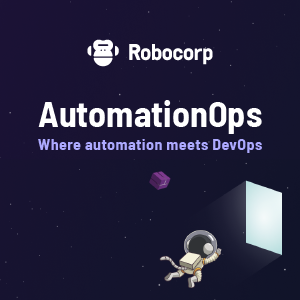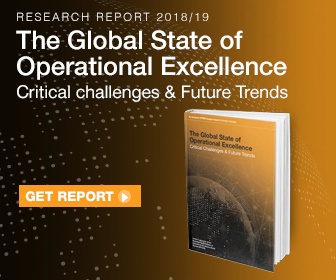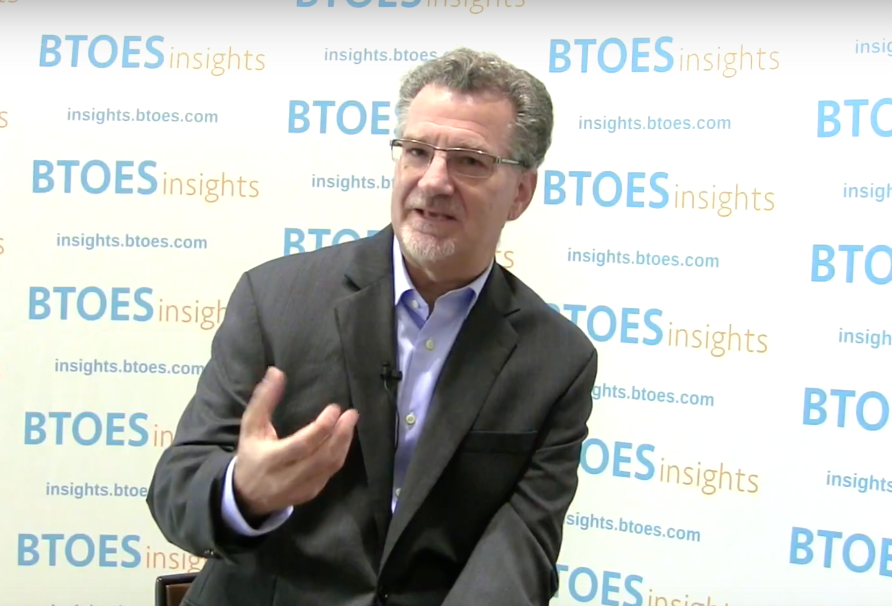More leaders are recognizing that deliberately managing culture is important.

Executives are increasingly recognizing the importance of deliberately managing organizational culture. A recent survey found that 84% of respondents agreed that their organization’s culture is critical to business success. The same survey found that 96% of respondents said that some change to their culture is needed, and 51% believe it needs a major overhaul.
Unfortunately, many leaders feel ill-equipped to initiate the necessary culture change. I rarely have clients argue that the culture of their organization does not need to change. More commonly, their question is “how should we go about it?” In answering this question, I have found that it can be very useful to look to the church as a role model for structuring their company’s cultural transformation.

Why should we look to the church to understand culture change?
Let’s begin by defining organizational culture. Perhaps the most widely accepted definition of ‘organizational culture’ comes from Edgar Schein. He defines culture as:
“a pattern of shared basic assumptions that the group learned as it solved its problems of external adaptation and internal integration, that has worked well enough to be considered valid and, therefore, to be taught to new members as the correct way to perceive, think, and feel in relation to those problems.”
From this definition we see that at its core, an organizational culture is a set of “shared basic assumptions.” What better example of an organization with a strongly shared set of basic assumptions can you think of than your local church? By no means do I intend to be irreverent in stating this. I’m not endorsing or denigrating any particular church or religion. In using the term “church,” I’m not referring to solely a Christian Church. You could also say the same about a Jewish Synagogue, a Muslim Mosque, or any other religious institution. I’m simply pointing out if you want to examine an organization that has a very closely-held and strongly-shared set of beliefs, then look no further than your local church, regardless of the particular faith, doctrine, or denomination.
6 lessons from your local church on managing organizational culture
Hence, what can we learn from the church about how it creates a strong organizational culture? Here are six measures a church takes to ensure its members share a common set of beliefs:
- They write down what they believe – All religions have written text that documents what they believe. Moreover, these texts are sacred; only selected few can change them. The documents are treated with respect. They are read and studied diligently. They are even memorized and recited. If you desire to create a strong organizational culture in your company, start by writing down what you believe. Put governance in place to control who can make changes to the document. Encourage people to study, learn, and even memorize the document.
- They have levels of authority for interpreting and teaching what they believe – Most churches require that teachers, pastors, ministers, and other church leadership be educated on the sacred text and understand its meaning. The church understands the importance of having leaders interpret the text consistently, thus they educate and test them on their basic understanding before giving them authority to teach the congregation. Similarly, they understand the importance of leaders modeling behaviors that are consistent with their beliefs. Their training and process of appointing leaders is designed to eliminate people who don’t behave in a manner consistent with their beliefs. Similarly, companies that create a strong culture, invest time in training their leaders to speak and behave consistently with the beliefs and values they want all employees to share.
- They don’t let just anyone join their church – In order to become a member of most churches, you are required to attend a class, or series of classes that teaches the specifics that particular congregation believes. In addition, one is typically required to make a public statement of sorts professing that their beliefs are consistent with the beliefs of the church. Companies that create a strong culture utilize processes like behavior-based interviews to screen employees to determine if they behave consistently with their particular values. Likewise, they send new hires through an orientation process ensuring they understand the company values and expectations.
- They utilize symbols and rituals to remind people of the beliefs – Churches utilize statues, stained glass windows, banners, and other symbols to remind members of specific beliefs and to evoke emotions. Similarly they use rituals such as prayers, holidays, special meals, and songs to unite members and keep their beliefs at the forefront of their minds. Companies that want to create a strong culture can utilize similar techniques by creating images, graphics, and other artifacts that remind employees of particular corporate values. They utilize rituals by having routine company meetings, periodic celebrations, or annual awards ceremonies.
- There are rewards for behaving consistently with the beliefs – Behaving consistently with the church’s beliefs results in increased esteem and recognition from its leaders and members. It may even mean being asked to hold special positions of leadership or authority. Likewise, in companies with a strong organizational culture, the leaders recognize, reward, and promote those employees that behave consistently with the desired values and beliefs.
- There are punishments for behaving inconsistently with beliefs, up to and including dismissal – If you don’t behave consistently with the beliefs of the church, you will be confronted by its leaders and fellow members. They don’t just look the other way. Typically, they will initially reach out to help and support the misguided member. However, a sustained pattern of misbehavior will eventually result in banishment from the congregation. Similarly, leaders that create a strong organizational culture do not ignore behavior that is inconsistent with their company’s values. They confront it with empathy and compassion. However, if an employee’s behavior doesn’t change accordingly, they are subject to dismissal.
What do you think? Is deliberately managing your organization's culture important to you? What strategies or tactics are you using to drive culture change?
View Chris's Contributor Profile

.png)
-1.png)














































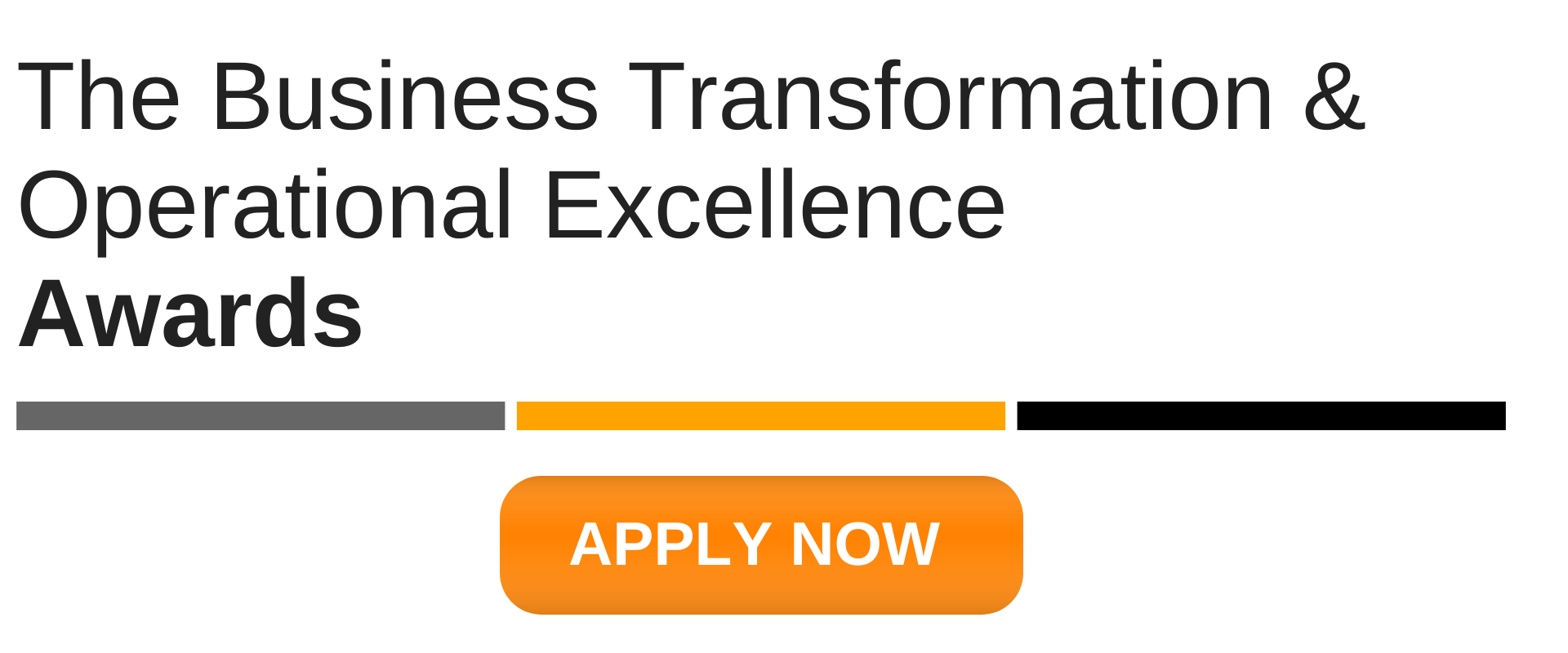

-2.png)
-2.png)
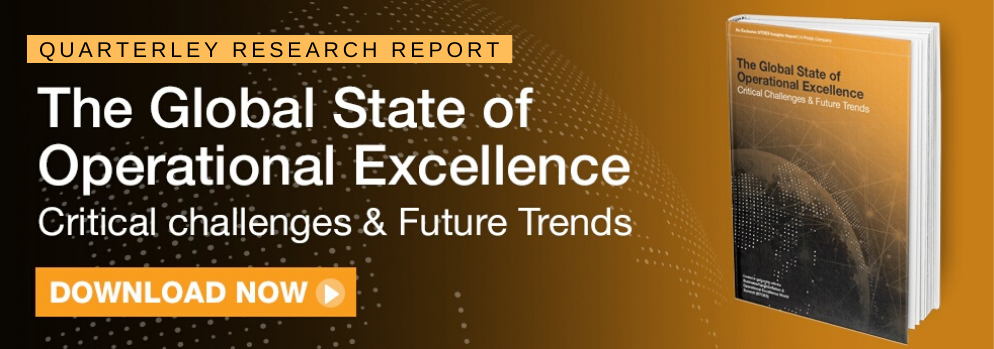

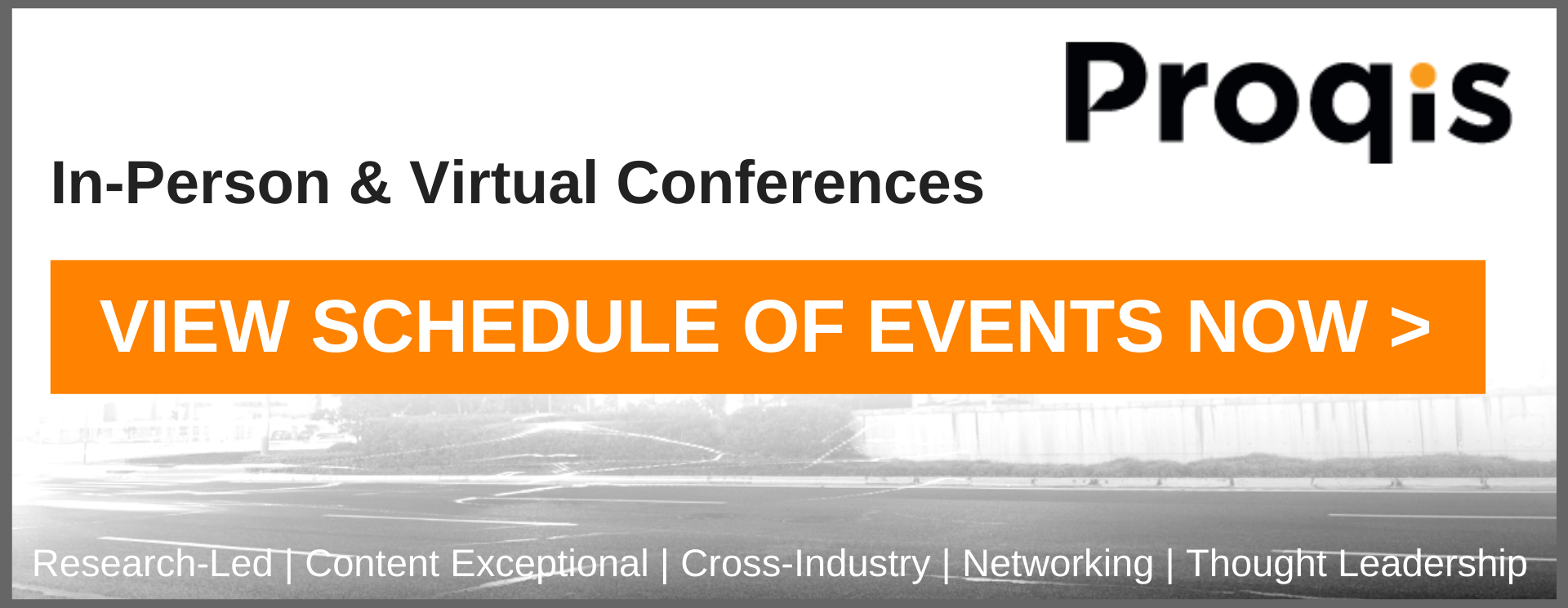


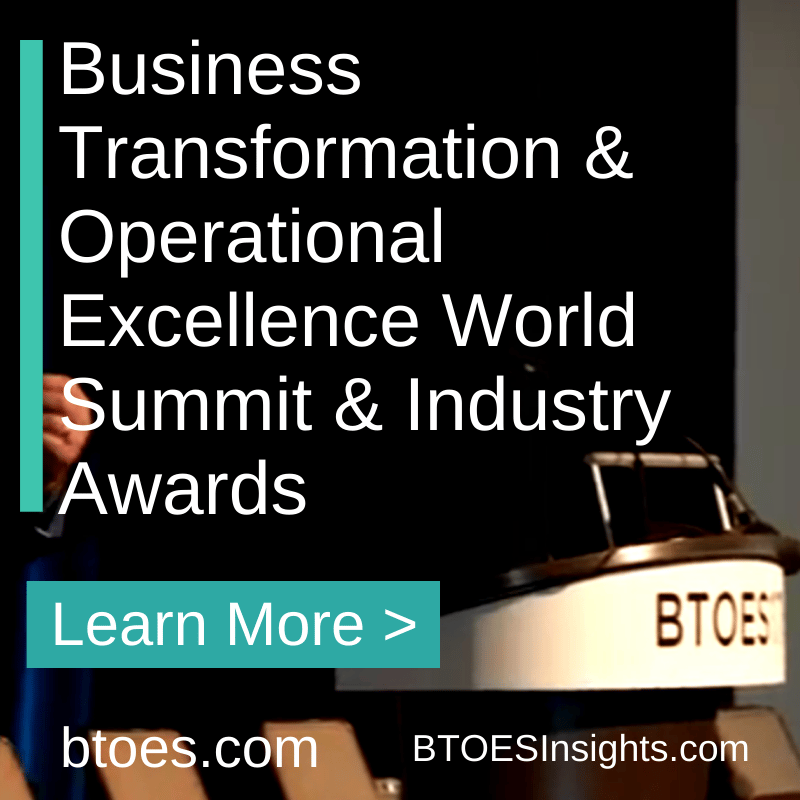
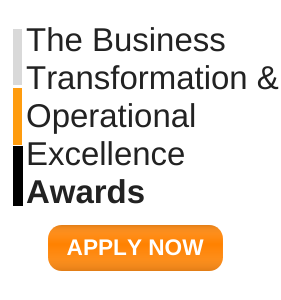
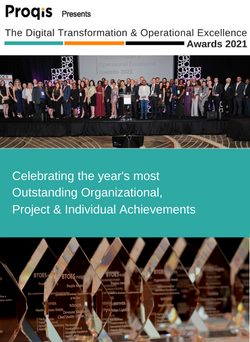
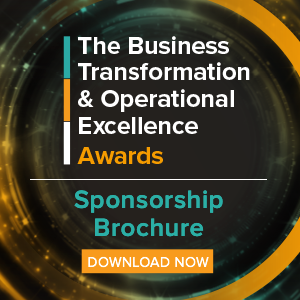
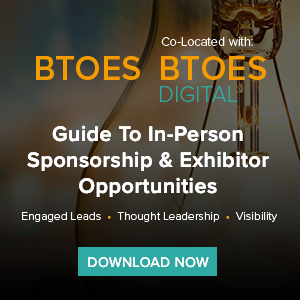
%20(1)%20(1).png?width=1410&name=Add%20a%20heading%20(8)%20(1)%20(1).png)



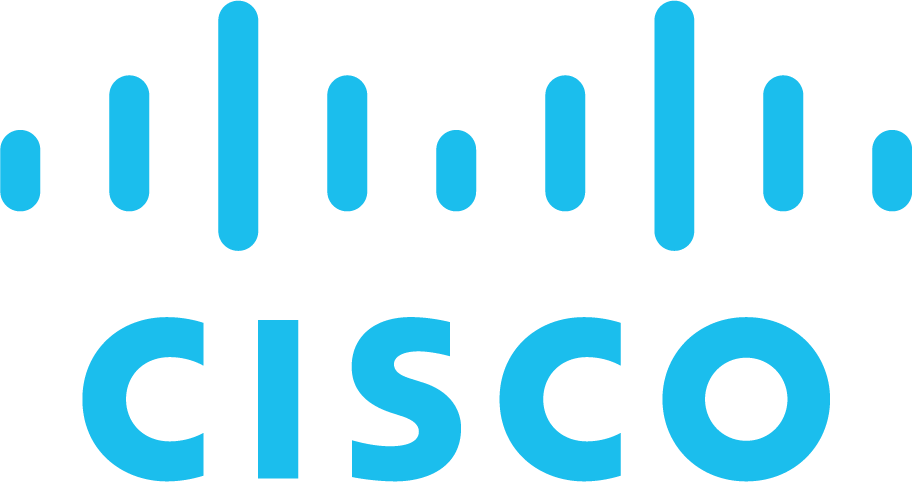
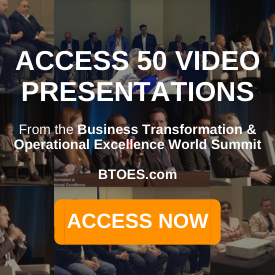
.png?width=300&height=300&name=LINKEDIN%20AWARDS%20GRAPHIC%20(1).png)
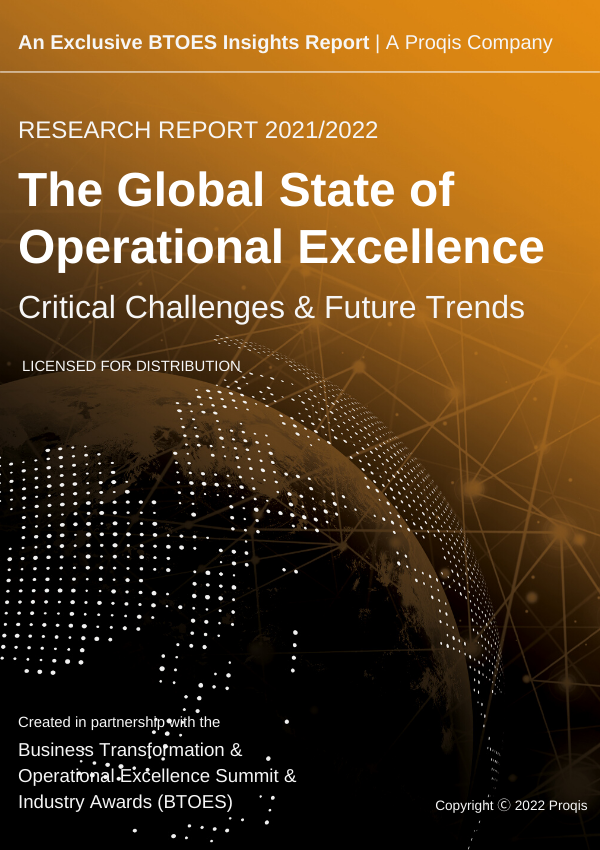
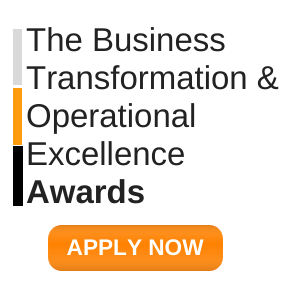
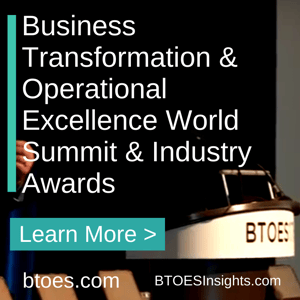

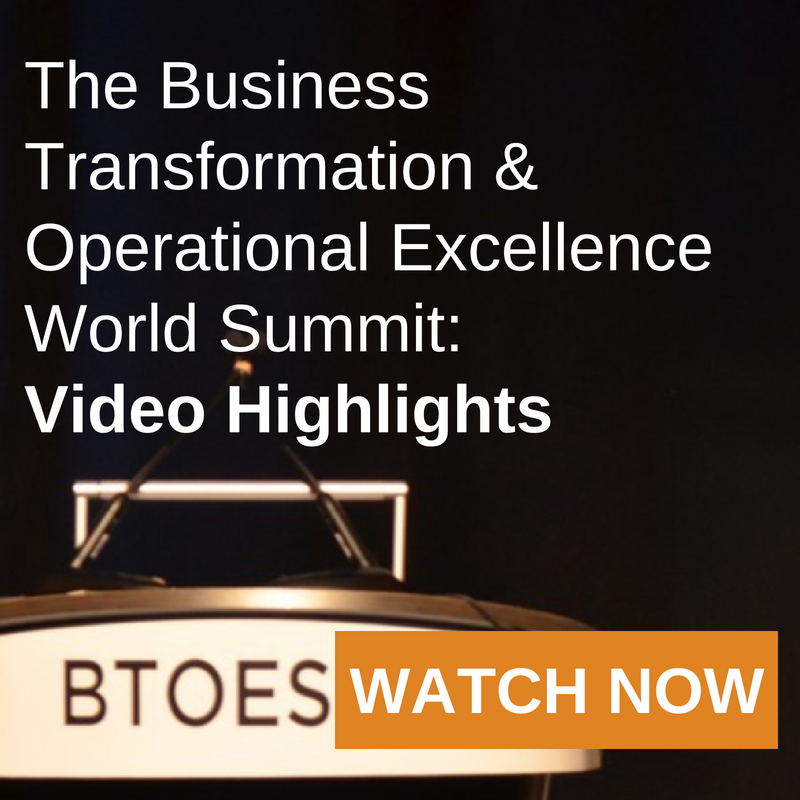


-1.png?width=300&name=ATTENDEE%20-%20Proqis%20Digital%20Event%20Graphics%20(2)-1.png)
-1.png?width=300&name=ATTENDEE%20-%20Proqis%20Digital%20Event%20Graphics%20(1)-1.png)




